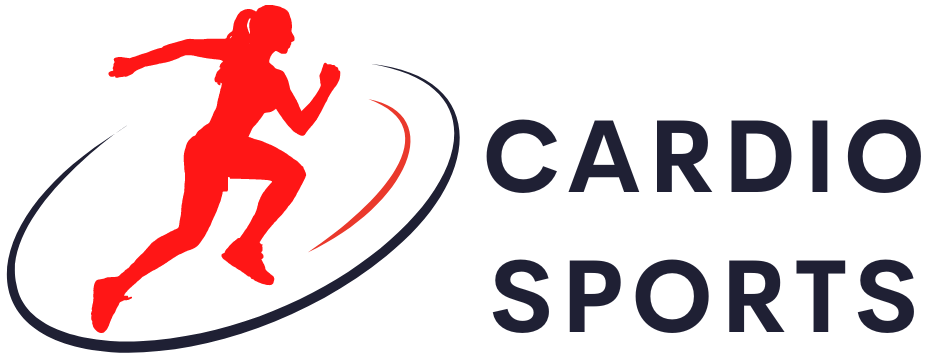Diving into the world of Pilates can be both exciting and intimidating, especially when you are just starting out. Fortunately, this article will guide you through 12 Pilates exercises that are simple and effective, perfect for beginners. Get ready to discover how these basic movements, easily done at home, can provide a solid foundation for your Pilates practice and help you strengthen your body gently.
Introduction to the Benefits of Pilates for Beginners
Pilates is a physical and mental training system aimed at improving flexibility, strength, and body awareness. For beginners, it is a welcoming discipline that promotes gradual development without putting excessive strain on the joints. Incorporating Pilates into your life can lead to better posture, reduced stress, and increased strength in the body’s core or “powerhouse.”
Understanding the Basic Principles of Pilates
Before diving into the practice, it is essential to grasp the six fundamental principles of Pilates: concentration, control, center, flow, precision, and breath. These principles guide each Pilates movement and ensure an effective and safe practice. Familiarizing yourself with these concepts will maximize the benefits of each exercise.
Getting Started with Pilates: Tips and Tricks
As a beginner, it is recommended to start slowly and listen to your body. Make sure you have a comfortable space and a exercise mat. It may also be helpful to follow instructional videos or take a few classes to learn the proper techniques. Remember to focus on your breath and perform each movement with intention.
Warm-Up: Preparing Your Body
Warm-up is crucial to prepare your muscles and joints for the upcoming exercises. A few minutes of marching in place or gentle arm and leg movements can suffice to increase your heart rate and reduce the risk of injuries.
Pilates Breathing: The Key to Success
The specific Pilates breathing, involving deep inhalation through the nose and powerful exhalation through the mouth, is fundamental. It helps control movements and stabilize the trunk by engaging the diaphragm and abdominal muscles.
The Hundred: Activating Blood Circulation
The Hundred is a warm-up exercise that stimulates circulation and strengthens the abdominal region. In a lying position with legs up and the head and shoulders slightly raised, vigorously beat the arms while maintaining a rhythmic breathing for a series of 100 beats.
The Roll Up: Strengthening the Back and Abdominals
This exercise contributes to strengthening the back and abdominals. Lying on your back with legs extended and arms above your head, slowly roll your body to sit up, reach for your feet, then unroll to return to the starting position.
The One Leg Circle: Improving Hip Mobility
The One Leg Circle helps improve hip mobility and strengthen leg muscles. Lying on your back with one knee bent and foot on the ground, the other leg extended in the air, perform controlled circles without moving the rest of the body.
The Rolling Back: Developing Body Control
Ideal for developing body control, the Rolling Back involves sitting with bent legs, hands on ankles, and gently rocking back and forth, rolling onto your back and returning to a seated position without touching the feet to the ground.
The One Leg Teaser: Working on Balance and Concentration
The One Leg Teaser is an exercise that challenges your balance and concentration. Lying on your back, one leg extended vertically and the other along the floor, reach your arms towards the ceiling and lift your upper body, trying to touch your toe.
The Spine Stretch: Stretching the Spine
The Spine Stretch helps increase spinal flexibility. Sitting with legs apart, extend your arms in front of you and bend forward, imagining that you are passing under a bar while keeping your back straight.
The Swan: Strengthening the Back Muscles
Perfect for strengthening the back, the Swan is performed lying on the stomach with hands under the shoulders. Lift the chest off the floor while extending the arms, maintaining a slight curve in the lower back, then lower yourself down with control.
The Shoulder Bridge: Strengthening the Glutes and Lower Back
The Shoulder Bridge targets the glutes and lower back muscles. Lying on your back with feet on the ground and knees bent, lift your hips to form a straight line from shoulders to knees, then gradually lower down.
The Side Kick: Toning the Legs and Hips
The Side Kick works the legs and hips. Lying on your side, stabilize your body with one hand while raising the upper leg and performing controlled kicking movements.
The Saw: Improving Trunk Flexibility and Rotation
The Saw is ideal for working on trunk flexibility and rotation. Sit with legs apart and arms extended to the sides, twist the trunk and reach the opposite hand towards the opposite foot, as if sawing with your hand.
Maintaining Consistency: Tips for Incorporating Pilates into Your Daily Life
To fully benefit from Pilates, regular practice is essential. Set aside dedicated time slots, even if they are short, and be patient with your progress. Also, remember to vary the exercises to maintain your motivation and stimulate different muscle groups.
Post-Exercise Recovery Guide
After your Pilates session, take the time to stretch and relax. This may include gentle stretches or even a short meditation. Recovery is crucial to prevent muscle soreness and prepare the body for the next session.
This journey into the world of Pilates for beginners shows that access to beneficial and rewarding exercise routines is within everyone’s reach. By incorporating these 12 easy Pilates exercises into your daily life, you are laying the foundation for a practice that will positively impact your health and well-being. So, take a deep breath and start this adventure with confidence and perseverance!

